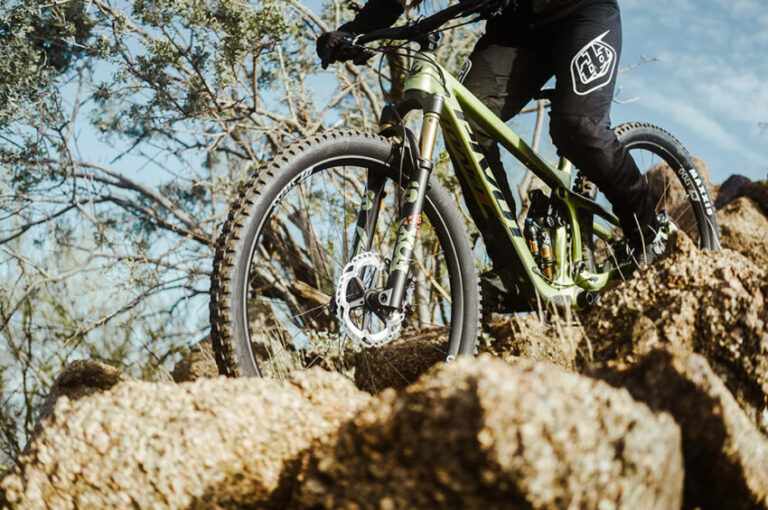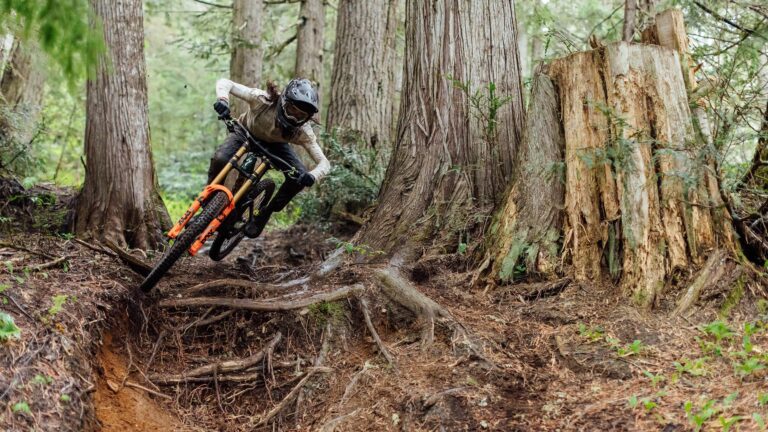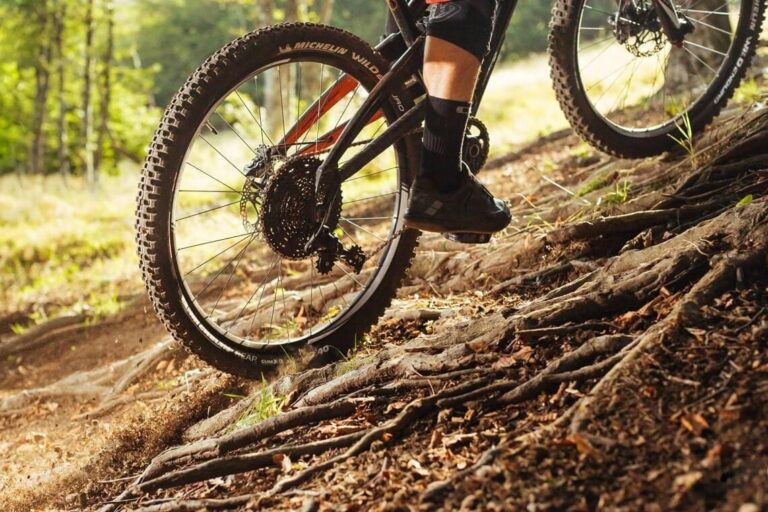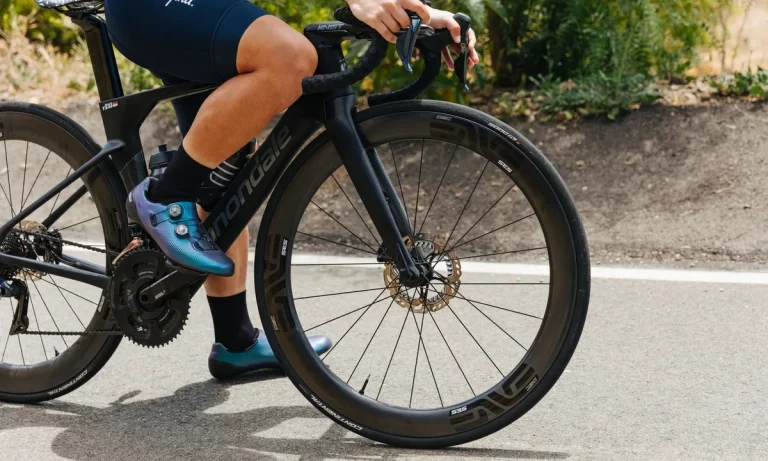Road Bike Tire Buyers Guide

Road Bike Tire Buyer’s Guide
When it comes to optimizing the performance of your road bike, one critical component often overlooked is the tire. Road bike tires play a significant role in determining your ride quality, speed, handling, and overall comfort. With a wide array of options available on the market, selecting the right tire can be overwhelming. This comprehensive Road Bike Tire Buyers Guide aims to provide you with the information needed to make an informed decision based on your riding preferences, road conditions, and budget.
1. Tire Size and Compatibility
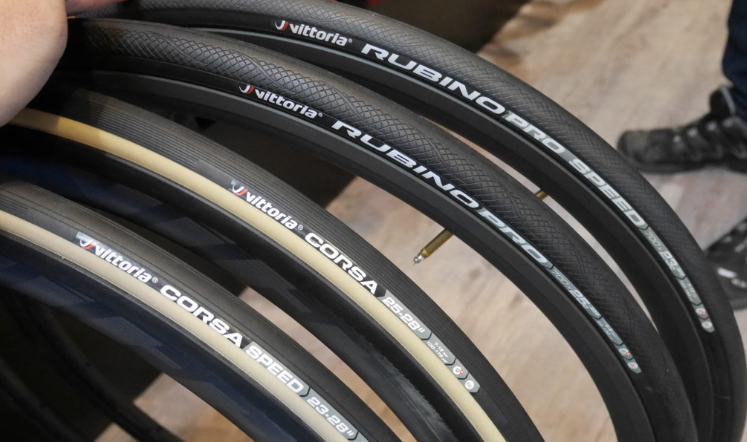
The first step in choosing the right road bike tire is to understand the sizing system. Tires are measured in millimeters (mm) for width and often displayed as “width x diameter,” e.g., 25mm x 700c. The most common diameter for road bikes is 700c, while widths can range from 23mm to 32mm and beyond.
It’s crucial to check your bike’s frame clearance to ensure compatibility with your chosen tire width. Wider tires offer better traction and comfort, while narrower tires are favored by racers for reduced rolling resistance.
2. Tire Types
Road bike tires come in various types designed for specific riding conditions:

- Clincher Tires: The most common type, clincher tires have a bead that hooks onto the rim. They use an inner tube to hold air. They are easy to change and offer a good balance between performance and convenience.
- Tubeless Tires: These tires don’t require an inner tube, as they create an airtight seal against the rim. Tubeless setups reduce the risk of flats, allow for lower tire pressures, and often provide a smoother ride. However, they might require more effort to install and maintain.
- Tubular Tires: Primarily used by professional racers, tubular tires are glued onto special rims. They offer a supple ride and a more comfortable feel due to their round profile. However, they are challenging to change and repair.
3. Tread Patterns

Tread patterns play a role in how a tire grips the road. For road biking, slick or lightly treaded tires are common. Slick tires provide maximum contact with the road, leading to lower rolling resistance and increased speed on smooth surfaces. Tires with minimal tread patterns are suitable for dry conditions and paved roads.
4. Durability and Puncture Resistance
Nobody wants to deal with frequent flats. Many tires come with added puncture protection layers, such as Kevlar or proprietary materials, to reduce the risk of punctures from debris on the road. Consider your riding environment – if you often encounter rough roads or debris, investing in tires with good puncture resistance is wise.
5. Ride Quality and TPI (Threads Per Inch)
The Tire Casing or Threads Per Inch (TPI) is a crucial factor affecting ride quality. A higher TPI generally indicates a more supple and comfortable ride, as the tire can better conform to road imperfections. However, higher TPI tires can be more fragile. Tires with TPIs ranging from 60 to 120 are common, with higher TPIs being more performance-oriented.
6. Pressure Range
Every tire has a recommended pressure range, usually printed on the sidewall. Proper tire pressure affects both performance and comfort. Higher pressures reduce rolling resistance but might sacrifice comfort, while lower pressures provide a smoother ride at the cost of speed. Experiment within the recommended range to find the sweet spot for your preferences.
7. Riding Conditions

Consider the conditions you’ll be riding in. If you ride mainly in wet weather, look for tires with good wet traction. If you’re riding on rough roads or gravel, wider tires with added durability and puncture protection are beneficial. If you’re a racer, prioritize lightweight tires with low rolling resistance.
8. Brands and Models
Several reputable brands offer high-quality road bike tires. Some popular options include Continental, Schwalbe, Michelin, Pirelli, and Vittoria. Research the specific models these brands offer to find those best suited for your needs.
9. Budget Considerations

Road bike tires come in a wide price range. While it’s tempting to go for the most affordable option, investing in higher-quality tires can greatly improve your riding experience. High-end tires often feature advanced technologies for better performance, durability, and comfort.
10. Maintenance and Inspection

Regularly inspect your tires for cuts, wear, and signs of damage. Keeping them clean and properly inflated will prolong their lifespan and ensure optimal performance.
In conclusion, choosing the right road bike tire involves considering factors like size, type, tread pattern, durability, ride quality, and your specific riding conditions. Research, budget considerations, and a willingness to experiment are key. A well-chosen set of road bike tires can significantly enhance your cycling experience, whether you’re racing, touring, or simply enjoying leisure rides.
John
Useful Links
FAQ’s
How do I know what bike tires to buy?
Choosing the right bike tires involves considering several factors to ensure they meet your specific needs and preferences. Here’s a step-by-step guide to help you determine what bike tires to buy:
1. Bike Type: Consider the type of bike you have. Road bikes, mountain bikes, hybrid bikes, and gravel bikes each have specific tire requirements. Make sure you’re looking at tires that are compatible with your bike’s type and size.
2. Tire Size: Check your current tires for the size information. It’s usually indicated as a combination of width and diameter (e.g., 700c x 25mm). This information is crucial as your new tires should fit your bike’s rims and frame clearance.
3. Riding Conditions: Think about where and how you plan to ride. Are you mainly on smooth roads, rough terrains, or a mix of both? If you’re mostly on pavement, slick or lightly treaded tires are ideal. If you encounter gravel or rough roads, consider wider tires with some tread for better grip.
4. Tire Type: Decide between clincher, tubeless, or tubular tires based on your preferences and the type of riding you do. Clincher tires are the most common and user-friendly, while tubeless tires offer better puncture protection and a smoother ride.
5. Puncture Resistance: If you frequently ride in areas with debris or encounter thorns and sharp objects, consider tires with enhanced puncture protection features. Look for technologies like Kevlar layers or proprietary puncture-resistant materials.
6. Tread Pattern: For road biking, slick or lightly treaded tires are usually sufficient. However, if you ride in wet conditions or on rougher surfaces, slightly more pronounced tread patterns can improve traction.
7. Ride Quality and TPI: Think about the ride quality you desire. If you prioritize comfort and a supple ride, opt for tires with a higher Threads Per Inch (TPI). Higher TPI tires are more flexible and conform better to road irregularities.
8. Budget: Set a budget range for your tires. High-quality tires often offer better performance and durability but might come at a higher cost. Consider your budget alongside your riding needs to find the best balance.
9. Brand Reputation: Research reputable tire brands known for producing reliable and high-performance bike tires. Brands like Continental, Schwalbe, Michelin, Pirelli, and Vittoria are well-regarded in the cycling community.
10. Reviews and Recommendations: Read reviews and seek recommendations from fellow cyclists or bike shops. Real-world experiences can provide valuable insights into how specific tires perform in various conditions.
11. Experimentation: If you’re uncertain, don’t be afraid to experiment. Try different tire widths, tread patterns, or brands over time to see what works best for your riding style and terrain.
12. Consult Experts: If you’re still unsure, consult experts at local bike shops. They can offer personalized recommendations based on your bike, riding style, and the local conditions you encounter.
In summary, choosing bike tires requires considering factors like tire size, type, riding conditions, puncture resistance, tread pattern, ride quality, budget, and brand reputation. By evaluating these aspects and potentially seeking advice from experienced cyclists or professionals, you can make an informed decision and find the perfect tires for your biking adventures.
What size tire should I have on my road bike?
Determining the right tire size for your road bike involves considering factors like your riding style, comfort preferences, and the clearance available on your bike frame and fork. The two primary measurements you’ll encounter on a tire size are width and diameter. The most common diameter for road bike tires is 700c (622mm), and the width can vary.
Here are a few guidelines to help you choose the appropriate tire size for your road bike:
- Frame Clearance: Check the clearance between your bike’s frame and fork. Measure the space between the tire and the closest point of the frame. This will give you an idea of how much space you have for wider tires. Some modern road bikes can accommodate up to 32mm or even wider tires, but older models might have more limited clearance.
- Riding Style: Consider your riding style and the type of terrain you’ll be encountering. If you prioritize speed and plan to ride on smooth roads, narrower tires (23mm to 28mm) might be suitable. For more comfort and better grip on varied surfaces, especially rough roads or gravel, you might prefer wider tires (28mm to 32mm or more).
- Comfort: Wider tires generally provide more comfort due to their larger air volume, which can absorb road vibrations. If you’re looking for a smoother and more comfortable ride, opt for wider tires within your frame’s clearance limits.
- Rolling Resistance: Narrower tires often have slightly lower rolling resistance, which can contribute to higher speeds on smooth roads. If you prioritize speed and performance, you might lean towards narrower tires.
- Weight: Wider tires are generally a bit heavier due to the additional rubber and air volume. If you’re concerned about the weight of your bike, you might opt for narrower tires.
- Tire Pressure: Consider the recommended tire pressure range for the tires you’re considering. Wider tires often allow for lower tire pressures, which can enhance comfort and traction.
- Experimentation: If you’re unsure, consider experimenting with different tire sizes to see what suits you best. You could start with a tire size that’s slightly wider than what you currently have and see how it affects your riding experience.
- Local Conditions: Think about the roads and terrain you’ll be riding on most frequently. If your routes include rough roads or paths with debris, wider tires with better puncture protection might be a wise choice.
In general, tire widths ranging from 25mm to 28mm are popular among road cyclists, as they offer a good balance between speed, comfort, and grip. However, if your bike frame allows, don’t hesitate to go wider if you’re looking for increased comfort and versatility.
Remember that tire sizes can vary slightly between different brands and models, so always check the manufacturer’s recommendations and your bike’s clearance to ensure a proper fit. If you’re unsure, consulting a local bike shop or experienced cyclists can provide valuable insights tailored to your specific bike and riding style.
Are 28mm tyres faster than 25mm?
The question of whether 28mm tires are faster than 25mm tires isn’t a straightforward one, as it depends on various factors and trade-offs. Both tire sizes have their own advantages and considerations when it comes to speed and overall performance. Let’s explore this further:
Rolling Resistance: Narrower tires tend to have slightly lower rolling resistance compared to wider tires. This means that, theoretically, 25mm tires might offer a slight speed advantage on smooth roads. However, the difference in rolling resistance between 25mm and 28mm tires is often minimal and might not be very noticeable in real-world riding conditions.
Comfort and Vibration: Wider tires generally provide more comfort due to their larger air volume. They can better absorb road vibrations and imperfections, leading to a smoother ride. This improved comfort can translate to better handling and reduced fatigue, allowing you to maintain a more consistent pace over longer distances.
Aerodynamics: Aerodynamics also play a role in speed. Narrower tires can be slightly more aerodynamic in certain conditions. However, this advantage might be less significant than other factors like body position and wind conditions. The difference in aerodynamics between 25mm and 28mm tires is likely to be small.
Tire Pressure: Tire pressure can significantly affect speed and performance. Wider tires can be run at slightly lower pressures without sacrificing performance. This lower pressure can enhance the tire’s ability to conform to road irregularities, improving traction and overall comfort. The optimal tire pressure for speed might differ between 25mm and 28mm tires.
Road Conditions: The type of road you’re riding on matters. If you frequently encounter rough roads, gravel, or uneven surfaces, wider tires (like 28mm) can provide better grip and stability, allowing you to maintain speed more effectively over these conditions.
Skill and Handling: Your riding skills also come into play. If you’re more comfortable and confident on wider tires, you might be able to corner and navigate obstacles with greater ease, potentially resulting in smoother, faster riding.
In summary, the difference in speed between 25mm and 28mm tires is nuanced and depends on several factors. While narrower tires might offer a slight edge in terms of rolling resistance, wider tires provide advantages in comfort, grip, and stability, which can contribute to maintaining a more consistent pace over various road conditions.
When choosing between these tire sizes, consider your riding style, the roads you frequent, your comfort preferences, and the trade-offs involved. It’s also worth noting that tire quality, tread pattern, tire pressure, and other factors can influence performance just as much as tire width. Ultimately, both 25mm and 28mm tires can be fast and efficient options, so choosing the one that aligns with your overall riding goals is key.
Are 32mm tyres slower than 28mm?
The relationship between tire width and speed is a bit more complex and nuanced than a straightforward comparison of numbers. While wider tires might have slightly higher rolling resistance due to increased contact area, the difference in speed between 32mm and 28mm tires is influenced by several factors:
Rolling Resistance: Generally, narrower tires tend to have slightly lower rolling resistance than wider tires. This means that, in theory, 28mm tires might be marginally faster than 32mm tires on smooth roads. However, the difference in rolling resistance is often small and might not be very noticeable in real-world riding conditions.
Tire Pressure: The pressure you run your tires at can significantly affect rolling resistance. Wider tires can be run at slightly lower pressures without sacrificing performance. This lower pressure can improve the tire’s ability to absorb road imperfections, leading to better traction and a smoother ride. Finding the optimal tire pressure for speed might differ between 32mm and 28mm tires.
Road Conditions: Wider tires offer better grip and stability, especially on rough roads, gravel, or uneven surfaces. This improved traction can allow you to maintain speed more effectively over these conditions, potentially outweighing any slight difference in rolling resistance.
Aerodynamics: Tire width also plays a role in aerodynamics. Narrower tires can be slightly more aerodynamic in certain conditions. However, aerodynamics are influenced by various factors, and the difference between 32mm and 28mm tires might not be significant unless you’re riding at high speeds or facing strong headwinds.
Comfort and Vibration: Wider tires provide more comfort due to their larger air volume, absorbing road vibrations and leading to a smoother ride. This increased comfort can contribute to better handling and reduced fatigue, allowing you to maintain a more consistent pace over longer distances.
Tread Pattern and Tire Quality: The tread pattern and overall tire quality can affect rolling resistance and overall performance. A well-designed, high-quality 32mm tire might outperform a lower-quality 28mm tire in terms of speed and efficiency.
Skill and Handling: Your riding skills and comfort level on different tire widths can impact your speed. If you feel more confident and stable on wider tires, you might be able to maintain better momentum through corners and obstacles.
In summary, while there might be a slight difference in rolling resistance between 32mm and 28mm tires, this difference is influenced by tire pressure, road conditions, aerodynamics, and overall comfort. In many real-world scenarios, the difference in speed between these tire sizes might not be very significant. Instead of focusing solely on tire width, consider factors like your riding style, the roads you frequent, comfort preferences, and the overall quality of the tire.
Ultimately, both 32mm and 28mm tires can provide efficient and enjoyable rides, and the best choice depends on your individual priorities and the type of riding you do.
